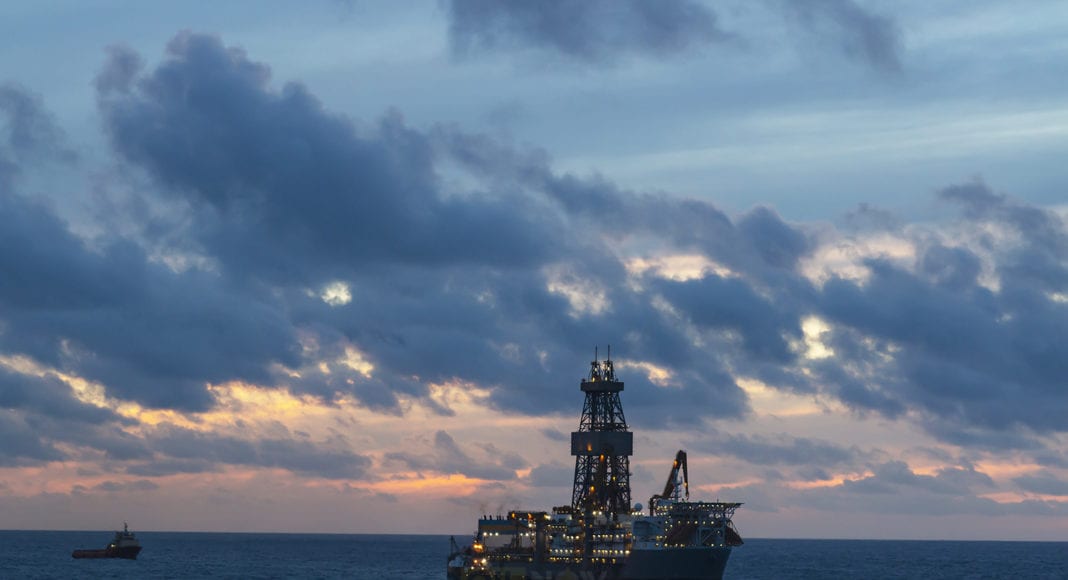While there’s no arguing that the energy transition is upon us, one thing is for sure: oil and gas will play a significant role in meeting energy demand for decades to come. This is according to U.K. based consultancy group Wood Mackenzie who said in a new analysis that the bulk of the remaining deepwater hydrocarbon resources will come from countries such as Guyana, where over 9 billion barrels of crude have already been found.
WoodMac said the upstream industry remains active and must fill the 450 billion barrels equivalent (boe) of undeveloped supply needed by 2040. Today, there is no resource shortage overall, but the supply opportunity is overshadowed because the industry has a lot more supply than demand. This means only the best oil – the most advantaged resources – makes it to the market.
So how do industry players make sure they’re investing in and producing “advantaged resources”: oil resources with the smallest carbon footprint, lowest cost, and quickest path to the market? Simply put, advantaged resources start with advantaged reservoirs. Analysis performed by WoodMac’s new Lens Subsurface Discovery solution – a one-of-a-kind repository of global subsurface data – recently revealed how granular detail such as porosity, depth, and gross depositional environment (GDE) can pinpoint locations with the best reservoirs, and ultimately, the best oil and gas. “Only by looking at a wide population of similar reservoirs can operators understand how their recovery factors benchmark,” said Alana Tischuk, Senior Subsurface Research Analyst for WoodMac.
In the case of its analysis, understanding what attributes impact oil recovery factors helped answer a pointed question, ‘Which countries have the best performing deepwater reservoirs?’
“We found that 80% of the remaining deepwater oil resources will come from five countries (Brazil, US, Gulf of Mexico, Guyana, Nigeria, and Angola), therefore, understanding the quality of their reservoirs is key to identifying who has the best oil,” added Dr Andrew Latham, Vice-President Subsurface Research for Wood Mackenzie.
Lens Subsurface Discovery showed that Brazil and Angola have the lowest recovery factors, but that they also have the potential to improve this using various technologies and techniques.
“The most important revelation we found using Lens Subsurface Discovery is about how relationships between attributes can show trends and outliers,” said Tischuk. “We see better correlations when multiple factors are considered, and the global dataset allows us to filter through multiple attributes to guide the benchmarking of recovery factors.”
The consultancy group had pointed out in a previous report that projects which have clear strategic drivers, robust economics and operators with strong balance sheets are advantaged.
“Advantaged deepwater oil in places like Guyana and Brazil, along with niche LNG – including low-cost greenfield and feedgas backfill at legacy liquefaction projects – will progress,” Rob Morris, from WoodMac’s upstream research team said.
Zürich-based investment bank Credit Suisse has said it sees potential at Guyana’s Stabroek Block for over 9 development phases that would push production well above 1 million barrels of oil per day and expects the resource estimate on the block to further increase.
“You’ve got two things that are going for you in Guyana,” Schreiner Parker, Rystad Energy’s Vice President for Latin America and the Caribbean, told OilNOW. “One, is that the operator is Exxon, and the second is the nature of the assets, especially from a breakeven point of view and development costs point of view. For offshore assets, the Stabroek Block is very competitive in breakeven terms, so even in a low oil price scenario that asset class is still very attractive.”



